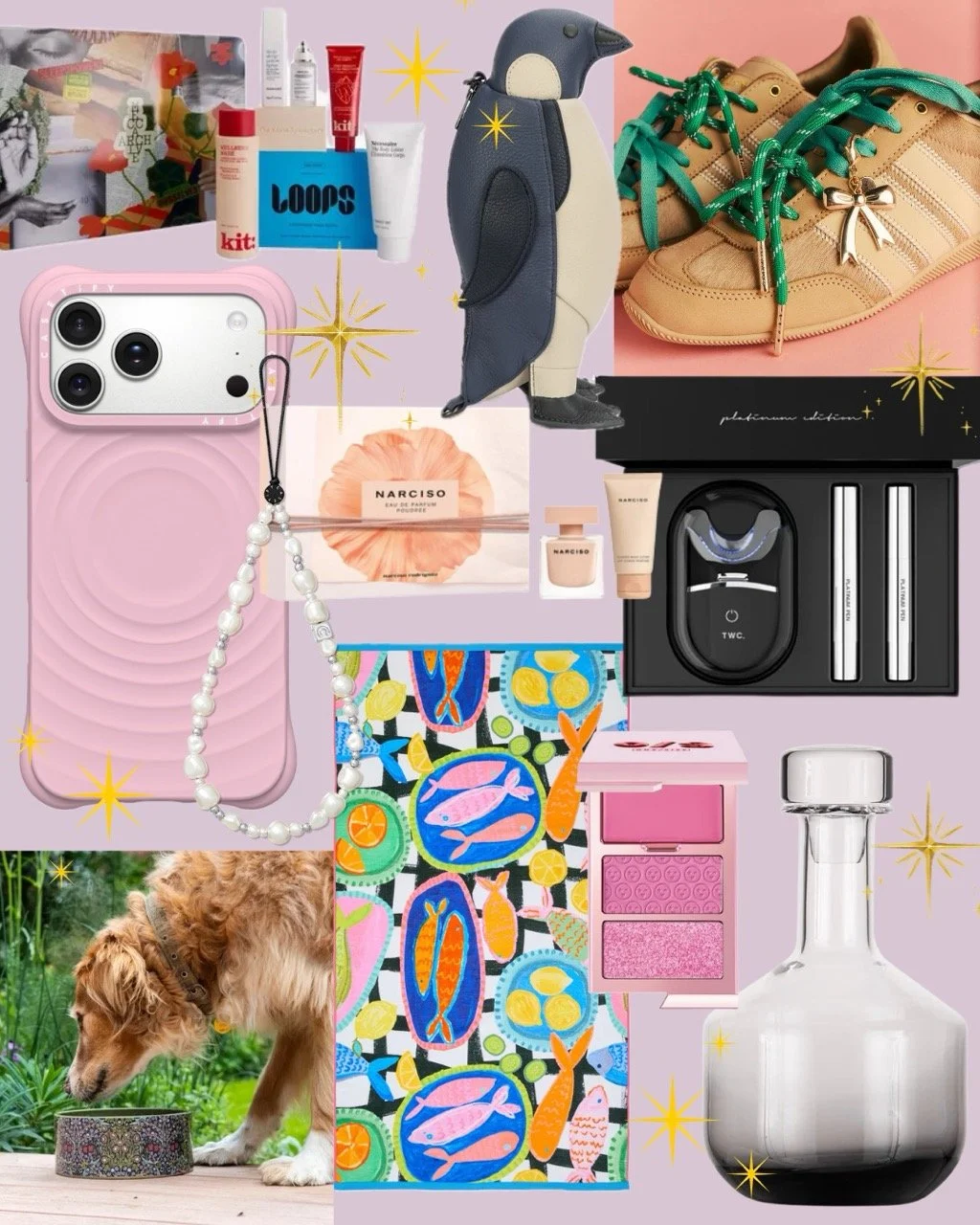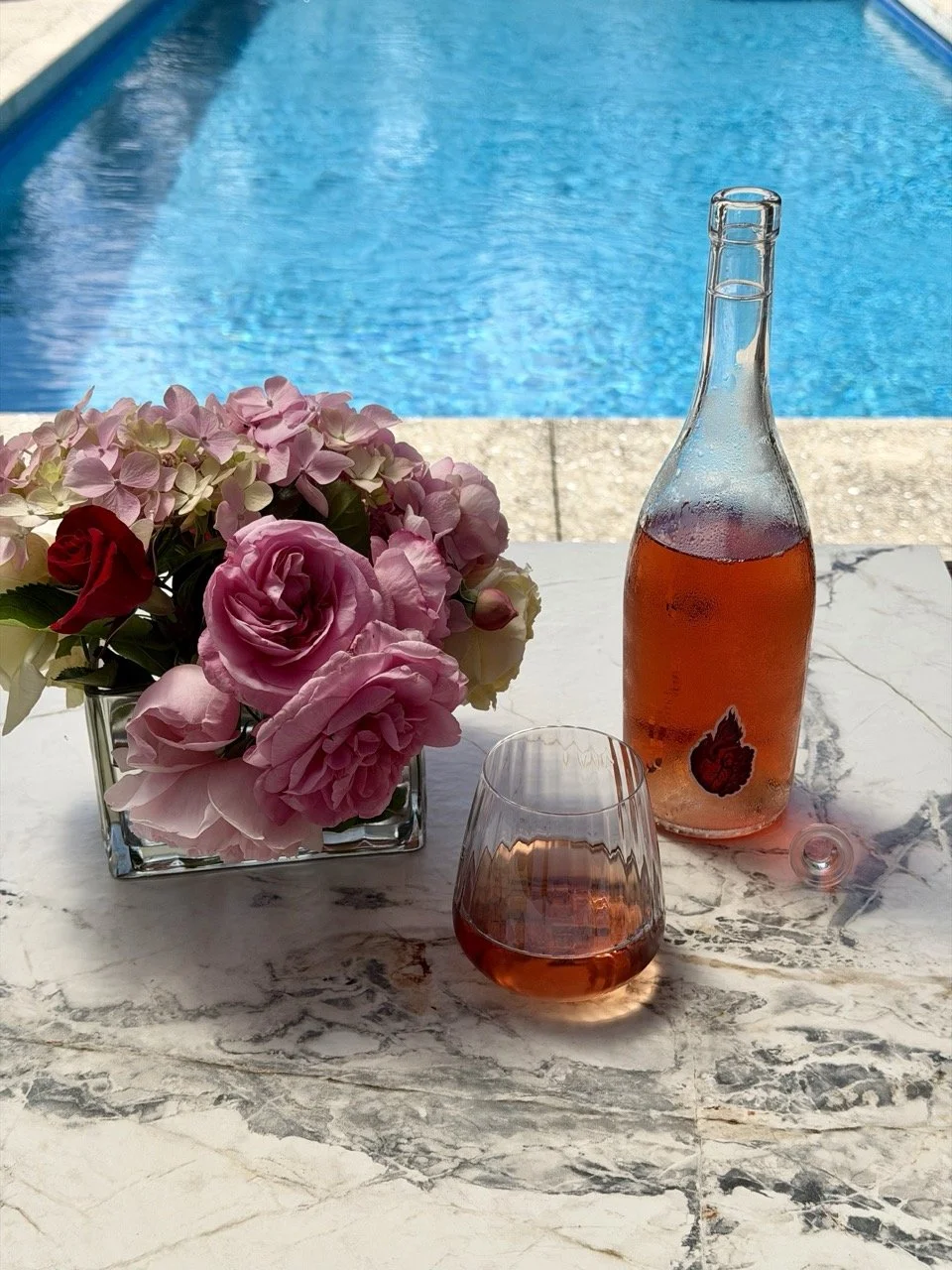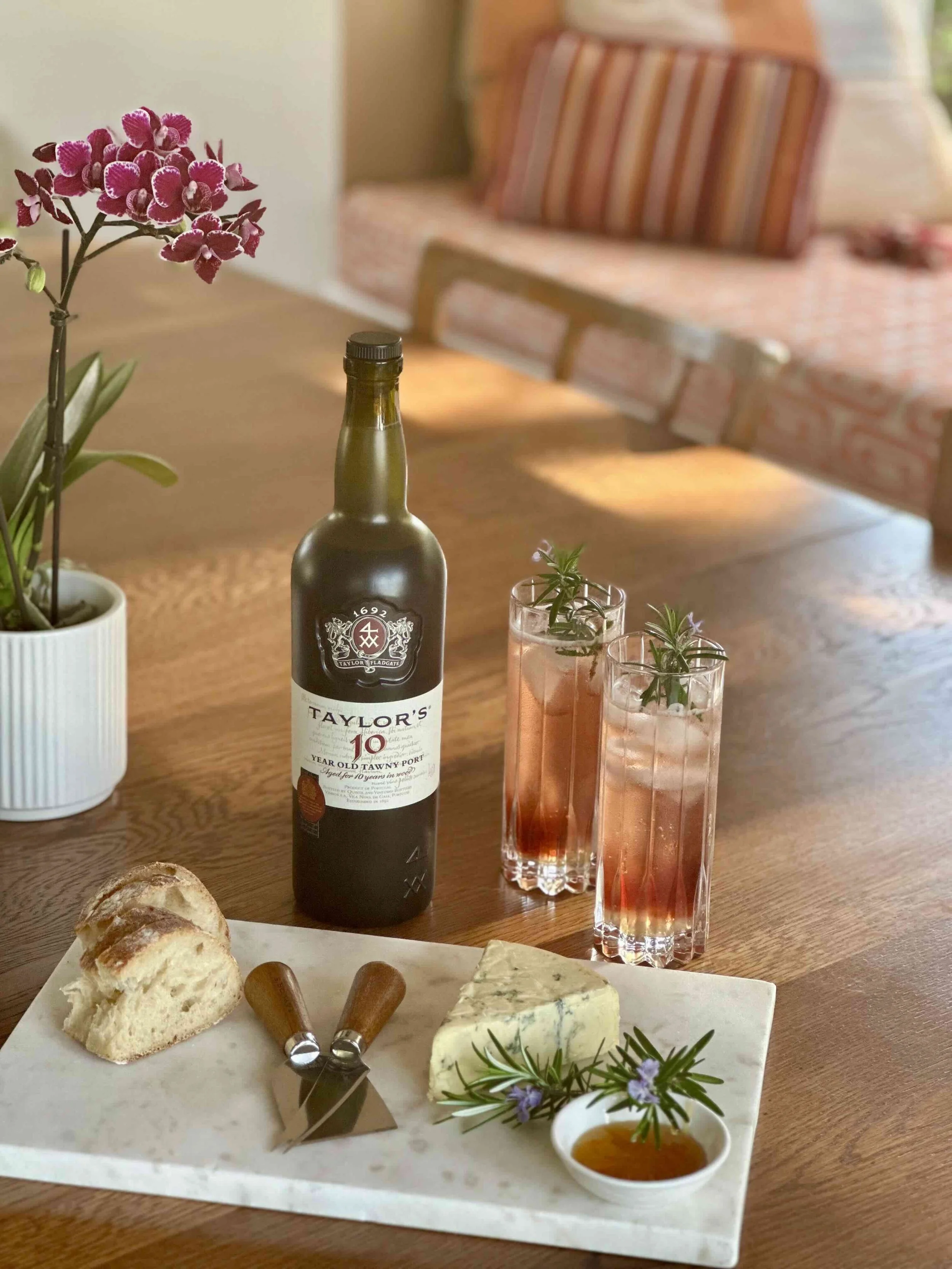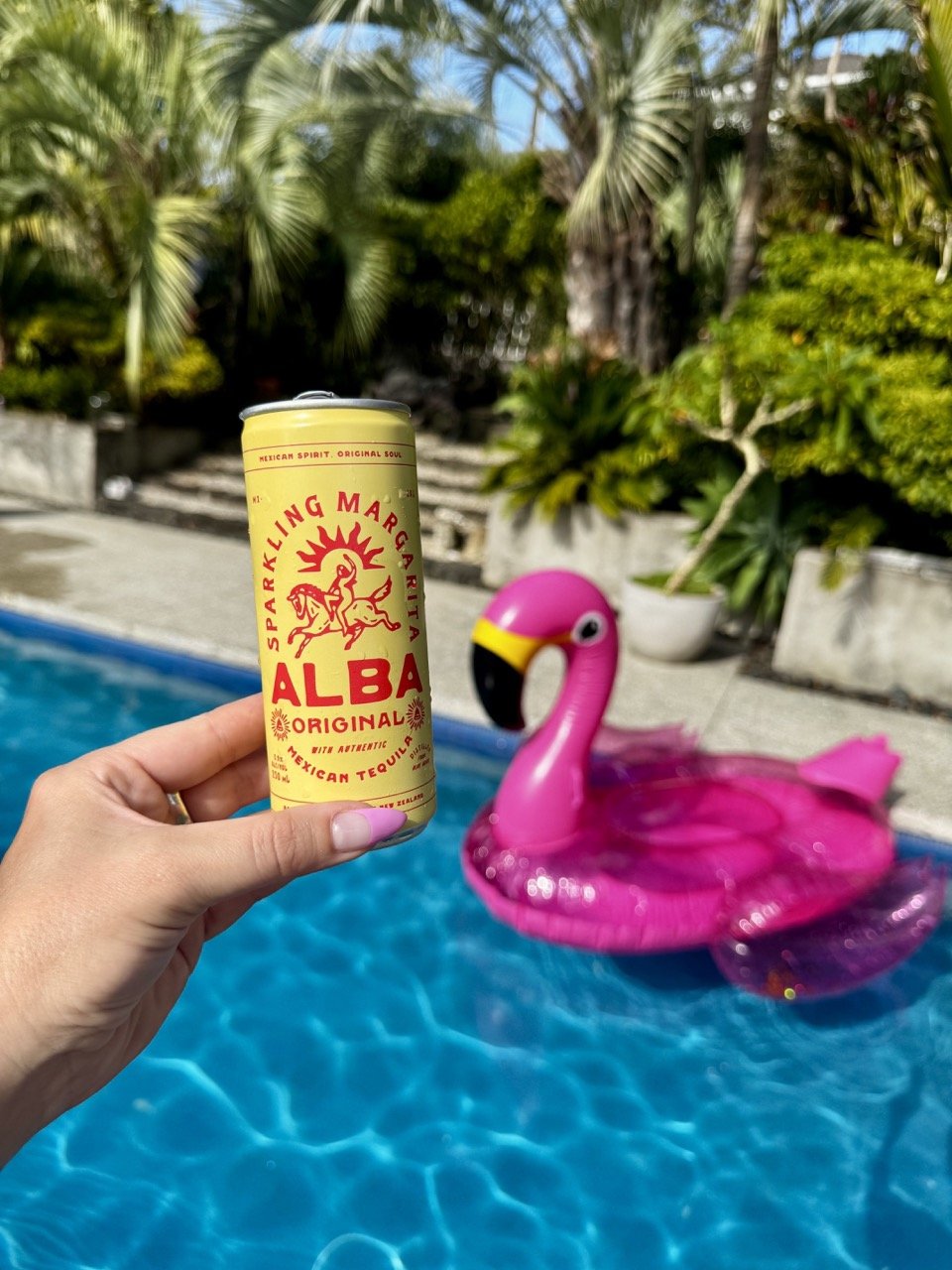The rosé trend arrived, like most things, a few years late in this country. At the same time, the rest of the world was drinking pink, while we were still fixated on dry whites and a trickle of interesting Pinot Noirs until about eight years ago. As New Zealand Pinot Noirs improved in quality, the pink wine movement grew. This was because much of the pink wine was made using the French saignée method, where a portion of fermenting red wine is pumped away to another tank to make rosé. Win-win. When it works well, the red wine gains concentration and the winemaker creates a light-bodied pinkie to sell swiftly. This is why most rosés made in this country are produced from Pinot Noir, but that’s not the end of the story. Kiwi winemakers are now growing grapes specifically to make pink wine and even ditching the saignée method. None of this month’s trio of tasty pinkies is made that way. All are worth digging a teensy bit deeper for, especially when considering how much a decent pair of sunglasses, summer slides on, or beautiful moisturiser costs.
So to the wines below. I have made mention of the two new rosés from Astrolabe Wines as a wake-up call for anyone whose perception of rosé is of a pale imitation of red wine. Much as it hurts to say it, I have to confess, that’s yours truly. Much of the time, rosé seems like a halfway house kind of wine. Sure, it can be crisp and refreshing, and it looks gorgeous. It’s fun to drink at a leisurely lunch, on a sandy beach or even at brunch, but the pale ones are not all dry, and the deeply coloured ones often contain more depth of flavour, but they’re not on trend with many people. I suppose this is why I have always opted to chill a light-bodied red rather than reach for a rosé until a new wave of pink wines began filling my glass over the past six months. Both are dry and clad with their exceptionally thoughtful packaging; it could be easy to relegate them to the category of so good looking that the contents are second to the design. Nothing could be further from the truth. These wines represent the new wave of Kiwi pink wines – rosés that are made intentionally. Two newbies from Astrolabe Wines are a wake-up call for anyone whose perception of rosé is a pale imitation of red wine. Much as it hurts to say it, I have to confess, that’s yours truly. Much of the time, rosé seems like a halfway house kind of wine. Sure, it can be crisp and refreshing, and it looks gorgeous. It’s fun to drink at a leisurely lunch, on a sandy beach or even at brunch, but the pale ones are not all dry, and the deeply coloured ones often contain more depth of flavour, but they’re not on trend with many people. I suppose this is why I always opt to chill a light-bodied red rather than reach for a rosé until a new wave of pink wines began filling my glass over the past six months. Both are dry and clad with their exceptionally thoughtful packaging; it could be easy to relegate them to the category of so good looking that the contents are second to the design. Nothing could be further from the truth. The wines below represent the new wave of Kiwi pink wines – rosés that are made intentionally.
Astrolabe Comelybank Vineyard Pinot Noir Rosé, $32
Comelybank Vineyard Rosé is a single vineyard wine made with grapes grown in the Waihopai Valley. This 2021 blend of 85 per cent Pinot Noir and 15 per cent Pinot Gris. Winemaker Simon Waghorn fermented the grapes to total dryness, leaving no residual sugar and loads of flavour with notes of slivered almonds, dried cranberries and even a hint of savouriness, making it taste great with black olives and finely sliced charcuterie.
Drink with: black olive’s, salty cheese and sourdough.
Meal match: fresh asparagus, Parmigiano and soft boiled eggs with olive oil.
Rating: 19/20
Astrolabe Marlborough Rosé, $28
This new lively 2021 pinkie is lighter-bodied than its big sibling from the Comely Bank Vineyard. And this wine also comes from cooler climate areas of Marlborough; 87% of the grapes are from the Awatere Valley, with the remaining 13% being grown on the Kekerengu Coast, both south of Blenheim. This wine tastes dry and has a fetching fruity mid-palate with candied strawberries and crisp red apples in a light-bodied style with lingering flavours. It’s also a blend of two Pinots; 55% Pinot Noir and 45% Pinot Gris.
Drink with: fresh hummus with celery and breadsticks.
Meal match: grilled mushrooms with parmesan and microgreens.
Rating: 17.5/20
No 1 Cuvee Rosé, $47
No 1 Family Rosé more than lives up to its name; this is the best pink bubbly in New Zealand, in this writer’s view. It is delicate, has depth and persistence, and it is 100% Pinot Noir and 100% from the man who has done more to champion this country’s sparkling wine scene than anyone else – Daniel le Brun. The wine is dry in taste with lifted strawberry, raspberry and cranberry aromas leading into a fresh, yeasty core of full muscular depth. Elegance and power combine here, thanks to two years of ageing in the bottle on yeast lees. Talk about a sexy bubbly - this is it.
Drink with: smoked salmon served on sourdough with a drizzle of lemon & olive oil.
Meal match: fresh grilled salmon marinated in honey with crisp fresh cos lettuce.
Rating: 19.5/20













Style-inspiring and captivating.